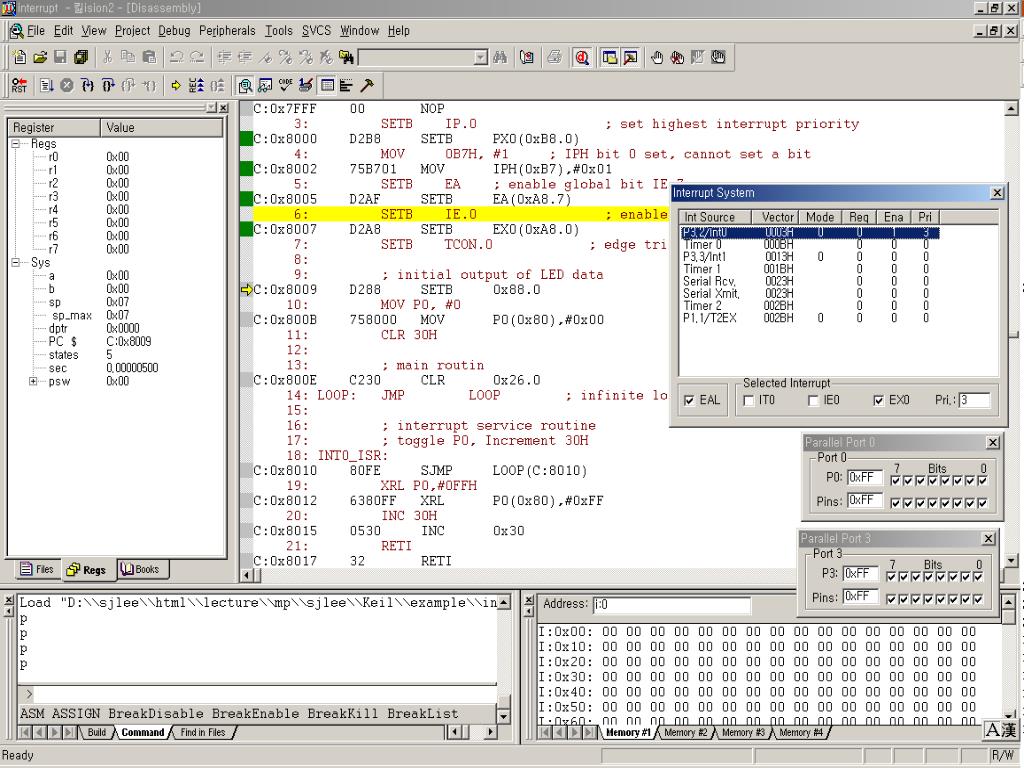

- #Hp proliant offline array configuration utility iso install
- #Hp proliant offline array configuration utility iso update
- #Hp proliant offline array configuration utility iso iso
- #Hp proliant offline array configuration utility iso series
- #Hp proliant offline array configuration utility iso download
On the vSphere client, navigate to the deployed virtual appliance, right-click on it, and select Edit Settings. In case it differs, LUN Discover operation To fix this, perform a clean installation of VMware ESXi 7.
#Hp proliant offline array configuration utility iso install
0 you get the ability to install a USB pen drive into a USB port of your server and then boot from the ESxi 4.
#Hp proliant offline array configuration utility iso iso
Select the image button and locate the Vmware ESXi ISO image.
#Hp proliant offline array configuration utility iso download
Click Download now, to download the file. Choose 'Increase.' From the datastore's properties menu.Esxi 7 not seeing local storage. Please note that since vSphere 4.0 you can grow a VMFS datastore online, and you do not need to use VMFS extents. Hp Proliant Offline Array Configuration Utility Iso Image Once you have successfully expanded your RAID volume (and booted into ESXi again) you just need to do the same with the VMFS datastore that resides on it. You can find the download link to the current version of the HP ProLiant Offline Array Configuration Utility on my page (in the General section). So, you need to schedule a downtime for the host (and the VMs running on it) and reboot with that CD to make the required changes to your RAID volumes. This is just a bootable CD with Linux and the Linux ACU tool on it. You can still This is why you need to use the Offline ACU tool. It is included in the HP Offline Bundles and their customized installation images.
#Hp proliant offline array configuration utility iso update
Update (): Please note that HP also made available hpacucli for ESXi meanwhile. However, for ESXi this tool is not available as an online version. It will allow you to do the RAID expansion online while the OS is running. No problem, if you had Windows (or Linux) running directly on the box, because HP made available the Array Configuration Utility (ACU) for these operating systems. How do you do that? Download The Hp Proliant Offline Array Configuration Utility Iso Image From The Hp Website This will give you more disk space and keep the current RAID protection level. Instead of creating a new (unprotected) RAID volume on this single disk you prefer to expand an existing RAID volume with it. You have run out of disk space and decide to add an additional hard disk to the server. So, what do you need this tool for? I had this challenge before and I reminded that when I came across: Imagine you have an HP based ESXi host with VMs running on local disks attached to a Smart Array RAID Controller. Anyway I will start with the Offline ACU tool today.
#Hp proliant offline array configuration utility iso series
So maybe I will even make a series of 'Hard to find HP tools' posts. If you have ever looked for a solution to a specific problem or the download page for a certain tool on then you probably know: Searching (and finding) something is a pain on these pages, and the more desperate you need it the longer it will take you. And stay away from the drive write cache (dwc). It’s dangerous so don’t do it in a production environment unless absolutely necessary. The command you need is hpacucli ctrl slot=0 modify nbwc=enable to enable the write cache even if the battery is faulty or not present. It’s sickening how many people give this bad and dangerous advice. The HP Offline Array Configuration Utility provides an ISO image that can be mounted, burned to a CD/DVD, or flashed to a USB memory key or SD card by using the HP USB Key Utility for Windows. HP provide a special HP format tool to convert them for use with a single-boot USB drive. HP utility ISOs such as the HP ProLiant Offline Array Configuration Utility are non-standard format. What you want is active the write cache on the CONTROLLER, then configure the cache ratio if necessary. With that command, you activate the write cache ON THE DISKS, which isn’t protected by anything.


 0 kommentar(er)
0 kommentar(er)
